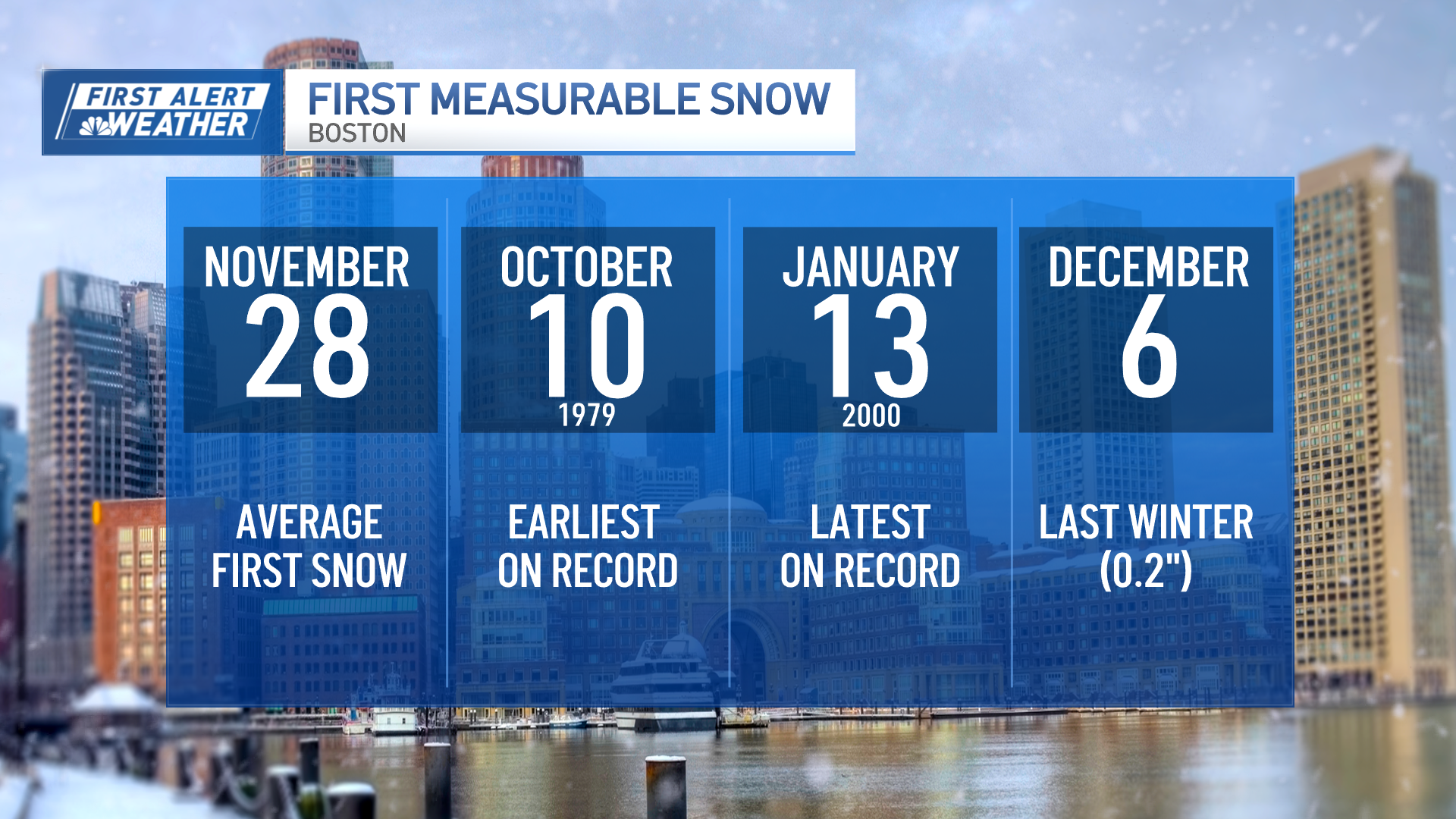As a long-in-the-tooth meteorologist, I wince a little every year when the Old Farmer's Almanac (not to be confused with the rival Farmer’s Almanac) issues their forecast for the upcoming winter. Will we finally have all the answers to the winter forecast? Is it really that accurate? Who's doing the predictions?
If history is any guide, it's always a little bit anecdotal, little bit of whimsy and some tongue-in-cheek nods to the "snow hounds" in some part of the country.
For as much as I lament, I realize it's not about me. It's about the insatiable appetite for insight on what some consider our most trying season of the year. No one source can satisfy the curiosity or ease the anxiety. It's in this space that the Almanac relishes being the first on scene to the frenzy.
This year's headline, a "calmer, gentler winter" already has my brows furrowed. How can we be any calmer or gentler than that last two (non) winters here in New England?
"This year, the temperatures will be up and the snowfall will be down for much of the United States." Generalisms like these are how the sausage is made at the ‘Almanac.
Accompanying that is a quiltwork map neatly summing up all three months over your region of the country. Unsurprisingly, we fall under the “mild, dry” category here in New England. Three cheers to that…if you aren’t a snow lover.

You'd think that being in the forecast biz since 1792 would give you plenty of time to hone your skills in the vagaries of North American winters. And if we're inclined to believe their "80% accuracy," even more reason to follow their lead.
But verification isn't their strong suit. A quick Google search exposes their half-truths as only 52% accurate, according to a University of Illinois study eight years ago.
Now, giving credit where credit is due, that’s far better than the groundhog. And we in the world of meteorology, consider anything above 33% better than chance in the realm of seasonal forecasts.
That said, I wouldn't start investing in road salt if you fall under the "cold, snowy" part of the Rockies.
In all seriousness, the prelude to winter – late-autumn weather patterns – has yet to establish across the Northern Hemisphere. These can sometimes give us a hint (it would be a stretch to call it an edge) at what the first part of winter may look like. As our climate warms, we’re more inclined to warn of another wild ride in the months ahead.



